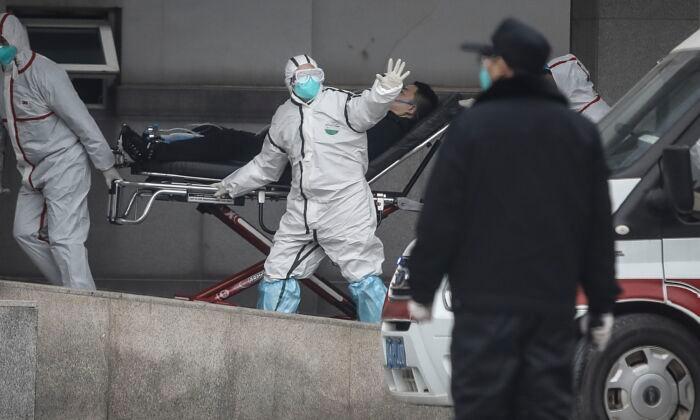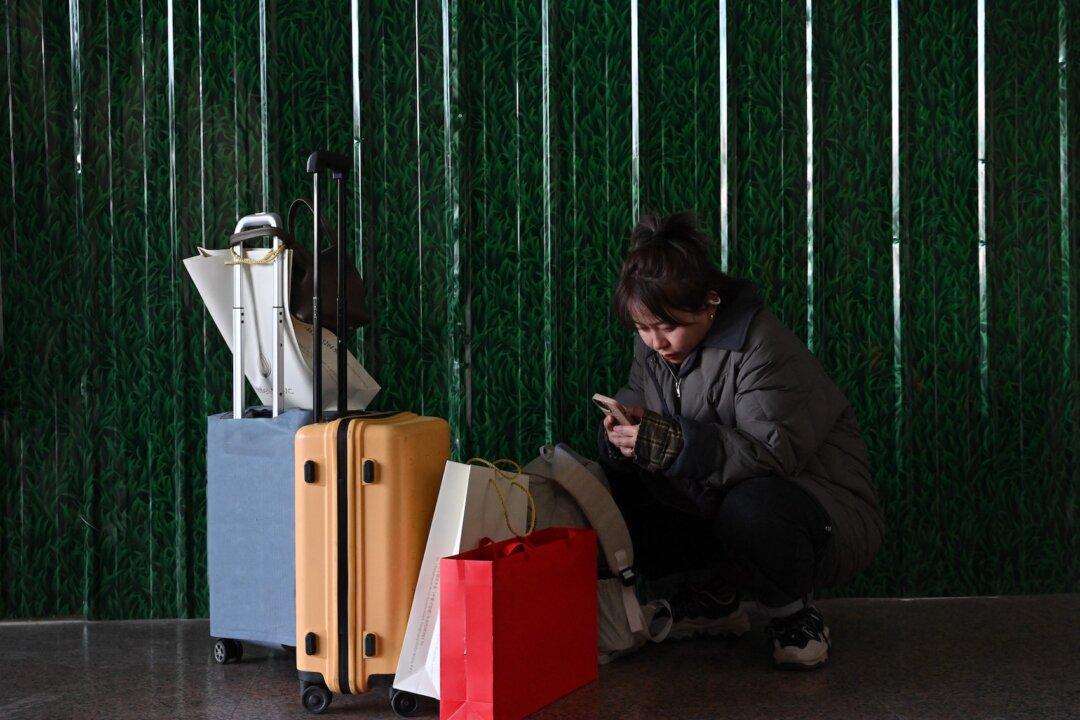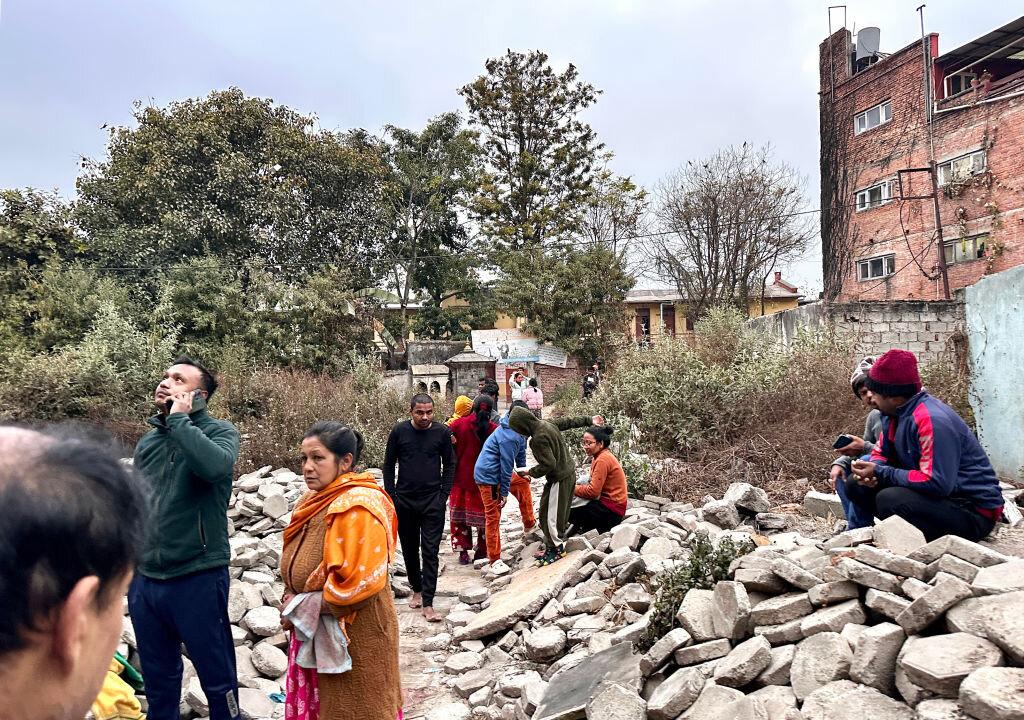A Chinese medical expert who assured the public that the “Wuhan pneumonia is controllable” has been diagnosed with the novel coronavirus after visiting Wuhan City as one of the chief medical consultants for this new viral pneumonia.
Wang Guangfa, Director of Respiratory and Critical Care Medicine at Peking University First Hospital, confirmed with Chinese state media on Jan. 21 that he was diagnosed with the coronavirus, also known as Wuhan pneumonia.
Wang stayed in Wuhan for at least eight days as a member of the National Health Commission’s expert team to investigate the SARS-related pneumonia caused by a newly identified coronavirus.
The discrepancy in these reports is worth noting. The Chinese public has become increasingly outraged and is demanding the authorities to disclose the exact dates of when the first case was diagnosed and when Wuhan medical personnel became aware of the dangers of this mysterious new disease. Many people have expressed their suspicion that the public has been kept in the dark since November.
In addition, none of the Chinese state media revealed the exact date when Wang was diagnosed. The fact that he was infected reveals that there could be a strong evidence of human-to-human transmission. But Chinese medical authorities withheld this information at the time.
Infection Through Conjunctiva
After Wang was found to be infected, he said he had visited patients twice during his stay in Wuhan.Wang told Chinese state media that his first visit was at an ICU (intensive care unit) to check the status of a severely infected patient at Wuhan’s Jinyintan Hospital, a hospital dedicated to public health emergencies and contagious diseases under the direct jurisdiction of Wuhan Health Commission.
“Although I was in close proximity to the patient, I was completely protected, with a medical face mask (an acrylic shield covering the entire face). There was only a little chance that I would get infected from that patient,” Wang said.
On a different date, Wang visited treatment clinics and temporary isolation wards for pneumonia patients at several hospitals. This time, he was only wearing an N95 medical mask.
When he returned to Beijing, he began to have symptoms of the disease and contracted conjunctivitis on the lower part of his left eye.
“A couple of hours later, I started to experience fever and catarrh symptoms,” Wang said.
The medical term “catarrh” refers to typical symptoms of upper respiratory viral infections, such as excess phlegm, mucus and coughing.
However, Wang had not come across pneumonia patients in Wuhan infected with conjunctivitis. So he dismissed the possibility of being infected with the coronavirus. He received treatment for influenza, but it turned out to be ineffective. He then consulted his doctors to perform a virus gene sequencing test to find out if he had contracted the coronavirus.
Netizens Question Wang’s Statement of ‘Controllable’
After Wang was confirmed to be another victim of the Wuhan coronavirus, Chinese social media users immediately notified their network friends to stay on high alert.Many of them said: “Even an expert of contagious diseases, who knows how to protect himself, is infected. That tells us how contagious the new virus is!”
One social media user wrote a blog article that has since been widely shared, questioning Wang’s assurance that the disease is controllable:
“From the very beginning, we have been hearing the phrase, ‘preventable and controllable.’ I was wondering, have they identified the original source of the virus? How do we prevent it if we don’t even know where the virus came from? Now that the virus has been identified as a coronavirus ... then don’t even expect that we’ll have a vaccine or special treatment soon. In addition, Wuhan is a major transportation hub and the disease can spread throughout the country. When there are not many screening measures in place at public transportation stations, what is the basis for the claim that it is ‘controllable’?”
“The very phrase, ‘preventable and controllable,’ has already wasted a lot of time to prevent and control the disease. It also occurred to me that the first P4 lab in China started operation in Wuhan, which is said to be a level 4 biosafety lab in the world. When the lab was launched in 2018, the publicity video produced by the government described it as ‘an important instrument of our great nation to provide protection for our citizens’ and ‘the Chinese people’s protective shield against viruses.’ What an irony!”
A P4 lab handles biosafety level 4 (the highest level) diseases that have high fatality rates and no known treatments, such as ebola. A P4 lab follows the highest microbiology safety standards and supports working with dangerous viruses and bacteria.
The P4 lab in Wuhan is not only the first of its kind in China, but also the first in Asia.
As of Jan. 23, the virus has spread to at least six other countries.
Nearby cities were also quarantined a few hours later—Huanggang, with a population of 7.5 million; and Ezhou, which has around one million people. All public transportation, theaters, internet bars, in-door entertainment sites, and resorts were closed in those cities.
Meanwhile, In Beijing, all major events planned to celebrate the Chinese New Year were canceled.





